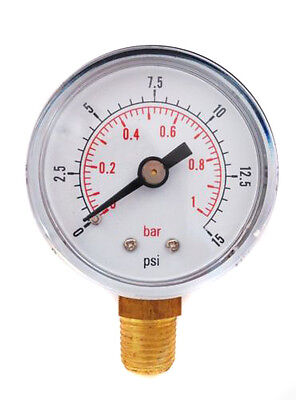It was a grundfos 25-80, beast of a pump, think it was 20 litres a min on his laptop but the pump just had the usual 3 settings, it didn’t display watts.
Also I suppose it’s not really the performance of the pump I’m interested in. I’m interested in the performance of the system.
So how much force is the pump generating and how much is lost going round the various pipe runs.
I realise we could work this out on paper if we knew every bend and pipe run but in reality it’s either impossible or just too much grief!
So back to the original premise. Is there a way of measuring the frictional resistance of a heating system using gauges / flow meters / electronic sensors?
Also I suppose it’s not really the performance of the pump I’m interested in. I’m interested in the performance of the system.
So how much force is the pump generating and how much is lost going round the various pipe runs.
I realise we could work this out on paper if we knew every bend and pipe run but in reality it’s either impossible or just too much grief!
So back to the original premise. Is there a way of measuring the frictional resistance of a heating system using gauges / flow meters / electronic sensors?

